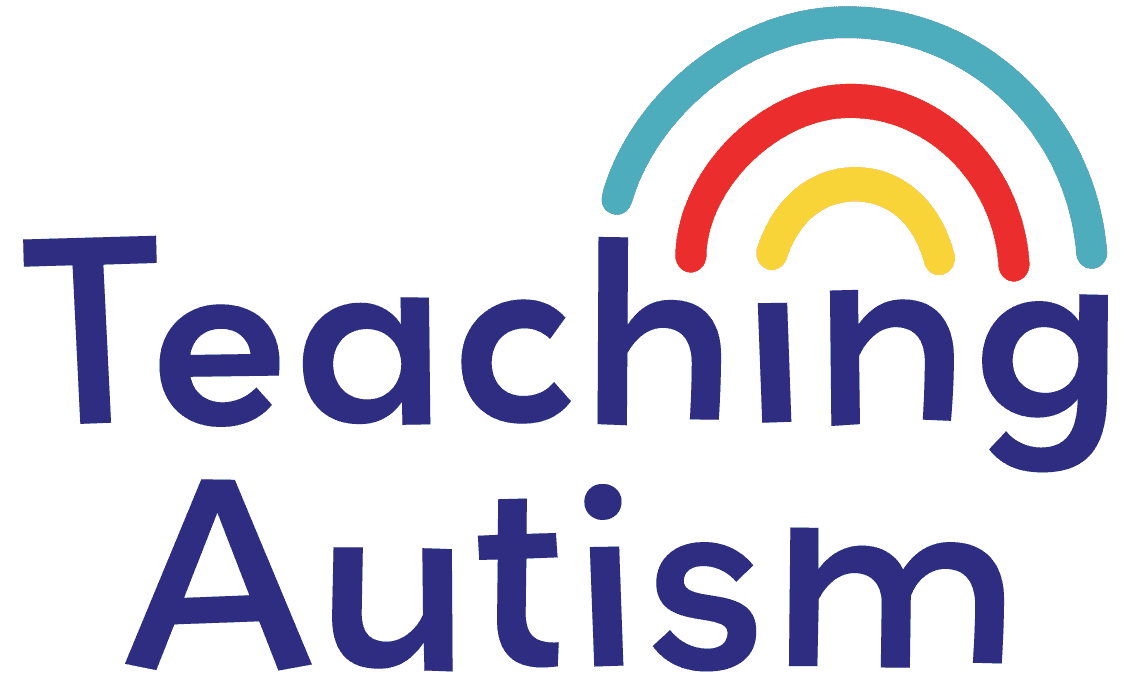Dramatic Play Areas in the Classroom
In this blog post today I will be discussing having dramatic play areas in the classroom. I’m a huge believer and advocate for having dramatic play areas for students to access. And I want to take the opportunity in this post to share my thoughts and reasons.
What is a Dramatic Play Area?
A dramatic play area is also known as a pretend play area. It is a space in the classroom where students can engage in imaginative play using props and costumes. This type of play is crucial for student’s development as it offers numerous learning opportunities and benefits which I will discuss in this blog post today.
Why Have One?
Having a dramatic play area in your classroom promotes social and emotional development for your students. Students have the opportunity to work on communication skills, problem-solving, and conflict resolution as they engage in pretend play scenarios with their peers.
It can also promote creativity and imagination for your students. It allows your students to express themselves freely and take risks in a safe and supportive environment. This can lead to increased confidence, self-esteem, and a sense of belonging for your students.
Emotions
Students will also have the opportunity to express their emotions. And this is especially helpful for developing empathy as they take on different roles in the area.
Cognitive Development
Dramatic play also supports cognitive development. The area encourages students to use their imaginations and creativity. Students can practice planning and organizing their play, which promotes executive function skills.
It is also a great opportunity for students to learn about different roles and occupations as they engage in pretend play, which can inspire curiosity and interest in the world around them. This is especially great if you change the theme of your dramatic play area throughout the year.
Language
Dramatic play also encourages children to practice using language in a meaningful and authentic way. They will be able to practice vocabulary, sentence structure, and storytelling. This type of play also encourages children to use language to negotiate and collaborate with their fellow students.
Physical Development
Having a dramatic play area in the classroom also supports physical development. Children can practice fine and gross motor skills as they manipulate props and costumes. They can also engage in physical play, such as running and jumping, which promotes physical fitness and coordination.
Classroom Community
While there are many benefits for individual students by having a dramatic play area. It also promotes a classroom community where students feel more comfortable and engaged. When students are able to engage in meaningful play that they enjoy, they are more likely to be motivated and interested in their learning.
Make it Effective
In order to create an effective dramatic play area in the classroom, it is important to provide a variety of props and costumes. These are usually best to reflect a range of interests and experiences. This can include items such as kitchen sets, dress-up clothes, and tools for construction play. It is also important to rotate the props and costumes regularly to keep the play area fresh and engaging for students.
Some of my favorite dramatic play areas to use in the classroom with my students are;
Overall, I personally feel that dramatic play areas are a highly important and beneficial part of the classroom. The area gives you the ability to offer numerous learning opportunities and benefits for your students. This includes social, emotional, cognitive, language, and physical development.
If you found this blog post about dramatic play areas, please consider sharing it with your friends and colleagues on social media.
Nikki
P.S. Have you signed up for a 3 day free trial of our VIP membership yet? If not, click here to do it now and go and get access to a huge range of resources, templates, crafts and more for free.

